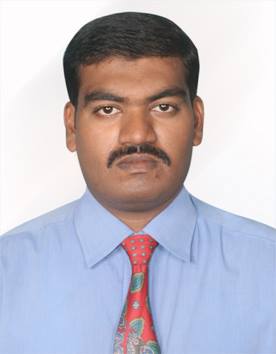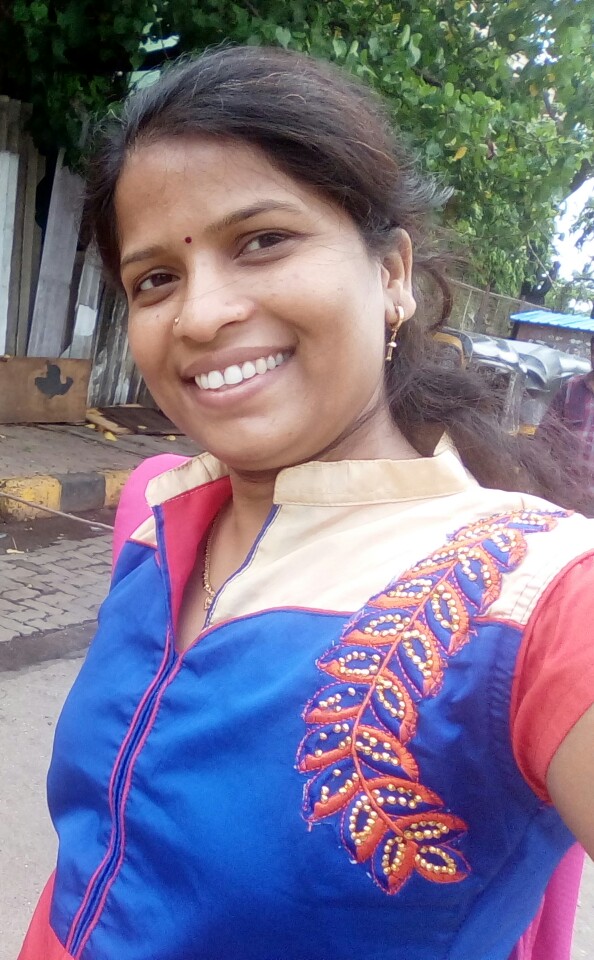Amar Khade
 The offensive Havells Fan television commerical has been removed from Youtube and the company’s Facebook page, and also apparently from television, thanks to the vociferous opposition expressed by Ambedkarites and others. Congratulations friends! But the structures of prejudice that gave birth to it need to be constantly critiqued, as this article does ~ Round Table India
The offensive Havells Fan television commerical has been removed from Youtube and the company’s Facebook page, and also apparently from television, thanks to the vociferous opposition expressed by Ambedkarites and others. Congratulations friends! But the structures of prejudice that gave birth to it need to be constantly critiqued, as this article does ~ Round Table India
The Indian summer has begun and so has the bombardment of television advertisements on cooling products .One can see the change in the pattern of consumer durables advertisements when there is a seasonal change or any big sports event or any festival is happening. Now since the advent of summer, advertisements dealing with Air Conditioners, Refrigerators and Fans have increased.
During my daily tryst with Television yesterday, I came across an ad with a song titled “Mai Pankha hoon” advertising the “Havells” range of ceiling fans. Initially, I didn’t pay much attention to the ad. But after seeing two times I sensed some sort of “subliminal message” being propagated in the ad .While I was watching television, an update from my Facebook friend Kuffir regarding it cleared my doubts about the “subliminal message”. So first of all, the transcript of the song of the ad (though the ad video has been removed from the YoutTube page here, it can still be found here):
“Main Pankha Hoon,
(First Scene) Bhale hi main chota Pankha hoon, Apni hawa mein hoon pala, apne dum hoon khada, Nahi chahiye mujh ko seedhi, aree main hoon ane wale peedhi!
(Second Scene) Main khuddhar pankha hoon, Nahi udata aisa jhoka jisse desh ko ho dhoka!
(Third Scene) Aree aag laga kar dekh le koi, main bujhakar rehta hoon!
“Oye Kaun hai tu?” …….. “Main Pankha Hoon”
Nayi soch ki nayi josh ki hawa bana hi deta hoon …
(Fourth Scene) Aree main chalu tho hawa chalegi ..Main badlu tho hawa badlegi …Havells Fan, Hawa Badlegi”
{youtube}A1TrevAyvvc{/youtube}
English Translation:
“I am a Fan,
(First Scene) Even if I am small, I have been raised in my own air ….standing on my own feet, and I do not want any ladder, I am the next coming generation
(Second Scene) I am a Fan with self-respect, I blow no air which causes danger to the nation
(Third Scene) You just try to start a fire, I will blow it out
“Oye Who are you?” …….. “I am a Fan”
I bring in the wind of new thoughts with new passions …
(Fourth Scene) If I run then air will blow ..If I change, then the wind changes …..Havells Fan …Air will change
The average reader, if he goes through the above text, he will find a very good message of change, self-dependency, a good provocative message of causing no danger to nation; also a patriotic message etc. as well. But when one watchs the actual video, one can understand that in the garb of “progressiveness” something really terrible is being depicted and certain things are exclusively “Stereotyped”.
So let us analyse the whole television ad with respect to each scene:
First Scene
A girll standing with her father in some admission process in a queue. There are two sets of application forms – one is marked “General” and the other is “Quota”. The girl takes the application form from the “General” and refuses to take the application form from “Quotas” even though her father is suggesting it. This is being depicted while the above mentioned transcript is being played.
The real problem over here is the stereotyping of people associated with “Quotas”. The girl is differentiated from other sets of girls via her costume too. She wears a traditional Indian costume and a black thread across her neck. Symbolically, the wearing of black thread across the neck was meant for the ex-untouchable community. On the other hand, the other girls are wearing the “Western outfits” and showing their affluence by carrying mobile phones. One can see the negative connotation of the act of not taking admission from “Quotas” as progressiveness. It is compared with a ladder.
This is an instance of stereotyping those people who take admission via Quotas. “Quota” is the most unconstitutional term used in lieu of “Reservations” or “Affirmative Action”. In day to day life, there is a stigma associated with “Quotas”, when people hear that one is from “Quotas”. The term “Quotas” in itself is a derogatory word. The correct constitutional word for that is “Reserved Category” or “Reservations” or the various socio-economic categories mandated by the law. In the book “Block by Caste” by Prof Sukhdeo Thorat and others, the authors have rightly pointed out the various derogatory words used for the people coming from reserved categories with empirical evidences from the various surveys conducted.

The company’s announcement withdrawing the ad
There is a subliminal message spread that: “I do not want reservations since I am the new generation”. This actually gives a very wrong message in India society which is afflicted with various kinds of caste based discrimination. The policy of reservation is presented as a policy with narrower means. This really contradicts the whole policy itself because “Reservations” are there for proportional “Representation” of the historically marginalized communities that faced oppression due to the Indian caste system. Also reservations are provided to increase the “Representation” of the socially and economically backward castes and communities in the education field, Government & Public sectors units. This is a case of lack of Constitutional Morality practiced by the Media in making this particular ad. The very meta-narration is highly exclusivist in nature since it pigeonholes certain sections of the Indian society without taking much consideration of the real facets of discrimination associated with caste and the empowerment by envisaged by reservation policies.
Second Scene
It depicts a ‘progressive’ lady Government officer not taking her official vehicle for her personal family tour.. Giving the message of not wasting the “exchequer money” by refusing to take the government provided official vehicle. Saving Government money is reflected as an act of Patriotism.
Third Scene
It depicts certain section of youth burning some books in a protest. A guy picks up a book from the pile of burning books and another asks “who are you?” and the first guy replies that he is a fan. And then he walks away, clearing the dust on the book. The transcript connects with this scene too. But there is a greater problem in portraying of the people who are burning books in protest. The protestors wear blue color ribbons. And this particular portrayal really stereotypes a certain section of the political class which is associated with the color “Blue”. In the Indian context, the political class associated with the color “Blue” is “Ambedkarite”. This instance of book burning by the people wearing blue ribbons totally portray the “Ambedkarites” in a negative light. It is a clear prescription for a legal suit. Even from the ethical perspective of the media it cannot portray one community or political class in total negative light.
The Problem of Under Representation of “Certain Sections” in Indian Media
Recently, regarding the complete news blackout on the police terror and lockdown of University of Hyderabad by the Indian mainstream media, veteran journalist N Jayaram writes about the pathetic underrepresentation of various SC/ST/OBC in the Indian media. This is one of the reasons for the gross error in the meta-narration in the visual and print media by the other over-represented privileged, high caste communities and the insensitivity towards the subaltern political classs of India.
N Jayaram writes in ‘DailyO‘: “When I joined the Press Trust of India in November 1979 as a trainee sub-editor, I was one of nine: All male, eight Hindu-born – a majority Brahmin-born – and one Muslim-born. I say “Hindu-born” and “Brahmin-born” because quite a few Indian journalists would claim to be “above” caste and communal considerations but scratch them on the issue of reservations for Dalits and other backward castes and the true colour emerges”.
This particular statement unveils the alarming picture of representation in the India media, filled with certain sections of the Indian privileged castes. It is high time for equal representation of the various sections of Indian society in the media so that various meta-narratives could emerge rather than one meta-narrative of the historically oppressor castes. The problem of “Bias” is inherent in the Indian Media. This particular problem arises due its own orientation towards any ideology. But as Media is the Fourth Pillar of a functioning and healthy Democracy, there are certain ethical principles that it should adhere to in its work and functioning. It is high time for the Indian media to practice the “Principles of Constitutional Morality” and increase the representation of other sections of Indian Society in its establishments.
~~~
Amar Khade is a self-employed engineer by profession and an anti-caste activist by choice.
Video courtesy: Dr. Ambedkar’s Caravan YouTube channel
& Pictures courtesy: the internet.










